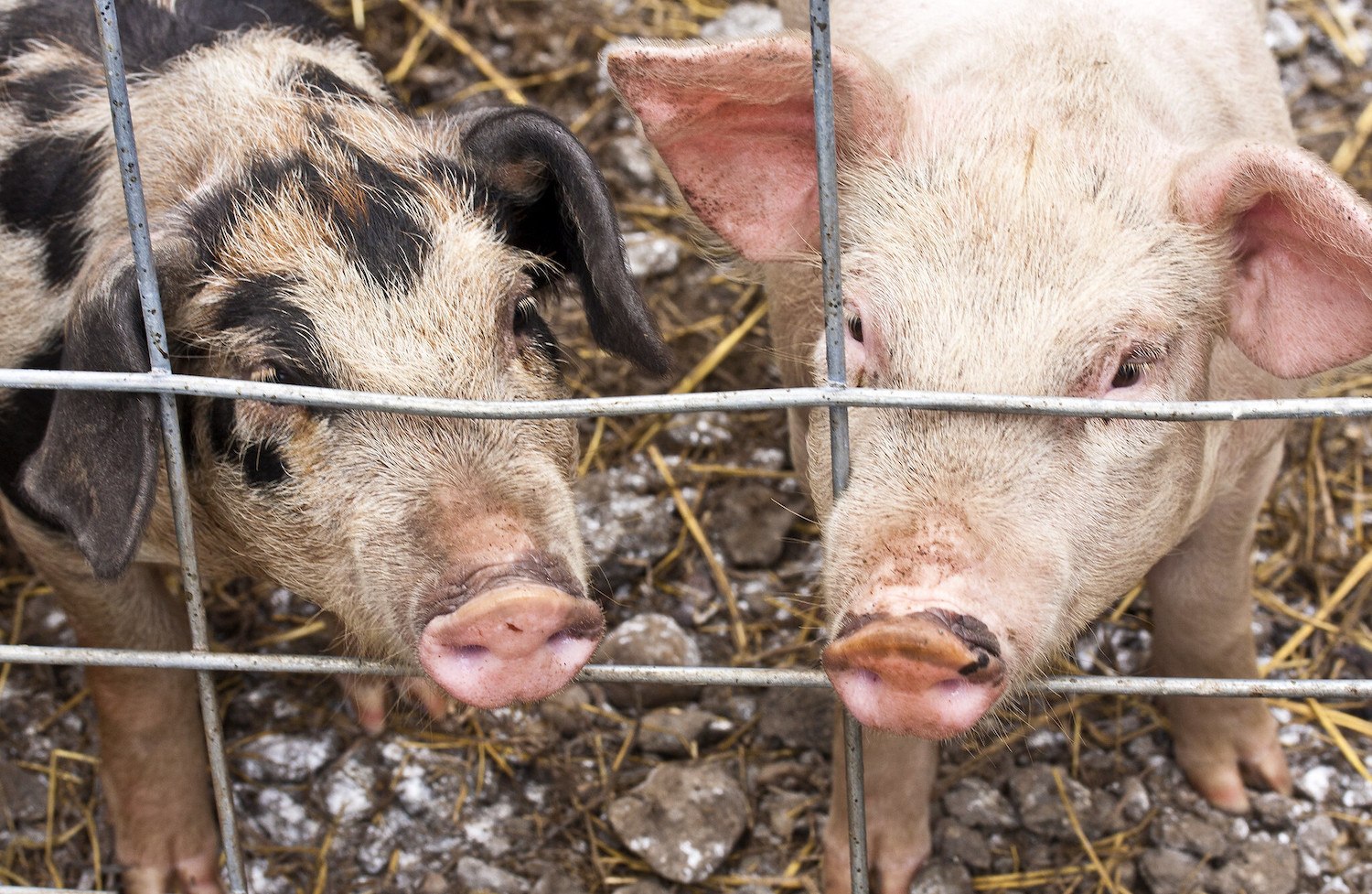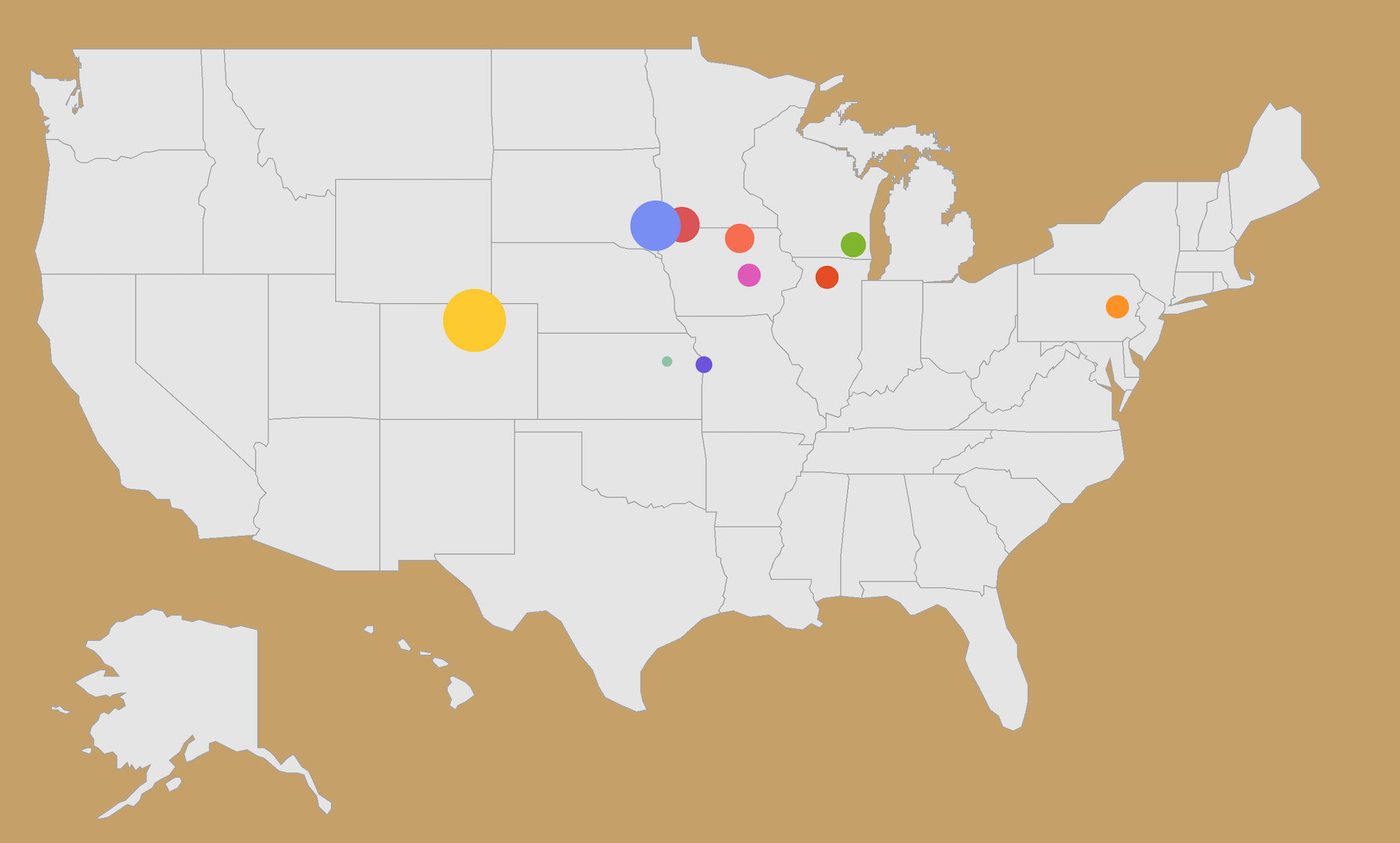The Covid-19 pandemic has flipped the traditional meat hierarchy on its head, and producers are scrambling to adapt.
In ordinary times, the cut of meat you purchase can say a lot about your economic status. High-quality prime rib, ribeye, and sirloin cuts tend to be served in upscale restaurants, while chuck and ground beef mostly end up in supermarkets and fast-food restaurants.
But the coronavirus has flipped that class dynamic on its head. There has been a surge in demand for lower-quality cuts of beef as millions of Americans stay home. That surge has jacked up the price of the cheap cuts. At the same time, there’s been a drop in demand for higher-quality sirloin and tenderloin cuts that typically get purchased by now-shuttered restaurants.
It’s upside down.
Even as meat production facilities close down en masse because workers have been infected with or exposed to the virus, and the U.S. faces the possibility of a dramatic meat shortage, consumer behavior is also in the midst of an unprecedented realignment.
“We’re in uncharted waters here. Even though a number of plants have closed, there’s plenty of meat, it’s just in cold storage.”
The shift has been most dramatic in the beef industry, where under normal circumstances the profits producers make on sirloins and tenderloins help to cover losses on cheaper cuts like ground beef and bottom round. A pound of ribeye cost around $5 on average the week of April 13, down from around $6.27 at the start of the year, per United States Agriculture Department (USDA) data. Ground beef chuck, meanwhile, retailed for an average of $2.73 per pound, up almost 40 percent from around $2.00 at the start of the year.
“I’ve never seen this dynamic happen before,” said Matt Teargarden, head of the Kansas Cattlemen’s Association. “The combination of things that we’re seeing is unprecedented.”
For the first time in recent history, producers have started to grind up higher-quality roast cuts, adding them to their ground beef since they are more likely to sell than if the cuts were kept whole. This in turn drives up the price of ground beef, since the meat that makes up the ground is of a higher quality.
Ashley Kohls of Nebraska Cattlemen said producers in her state are also grinding up prime cuts of meat to deal with the change in demand caused by the coronavirus pandemic. But the switch hasn’t been easy.
“It is logistically difficult at first,” she said, “because you can’t just flip the switch and dump the meat into the grinder.” Many beef facilities have separate production lines for whole cuts and ground beef, though most beef producers are now in the process of making the switch to grinding up tenderloins and sirloins.
The shift has been most dramatic in the beef industry, where under normal circumstances the profits producers make on sirloins and tenderloins help to cover losses on cheaper cuts like ground beef and bottom round.
A separate shift is at play in the pork industry. The price of standard pork loin (the source of pork chops) rose slightly between January and mid-April, but the prices for belly (used in bacon) and butt (used in pulled pork) both plummeted. The average price of a pound of pork belly dropped by more than half between January 1 and April 10, from $.80 to $.35.
“We’re in uncharted waters here,” said Jenny Jackson, a spokesperson for the Illinois Pork Producers. “Even though a number of plants have closed, there’s plenty of meat, it’s just in cold storage.” Jackson added that restaurants usually purchase bacon in enormous sheets that weigh as much as 40 pounds, far too large to sell in a grocery store. She described the process of matching supply to changing demand as “like a Jenga puzzle.”
Prices have stabilized to some extent in the past week or two as overall sales have plummeted. This decline has led to unprecedented overcrowding at many farms, forcing some farmers to euthanize young animals. But Americans at home are still eating meat, which means thousands of cows and pigs are still getting slaughtered, and since there’s no way to slaughter half a cow, that means that thousands of pounds of high-quality beef and pork are going unpurchased.
The $19 billion agricultural bailout package announced by the USDA on April 17 was purportedly to help offset these supply backlogs. In addition to giving $16 billion in direct aid to farmers, the USDA will spend $3 billion to purchase excess fruit, vegetables, and meat, buying the backlogged food from producers and distributing it to nearby charities, schools, and food banks. At the same time, the agency will allow producers to sell their products directly to consumers without nutrition labeling, a move designed to ease tensions in the supply chain.
Before the pandemic producers would typically offload excess amounts of lower-quality meat to the USDA purchasing program.
These purchases aren’t without precedent: Last year USDA announced a wide support package intended to help farmers whose business had suffered under retaliatory tariffs imposed by China as part of the trade war with the United States. But that package, which also provided support to producers of fruits, vegetables, and grains, only allocated around $150 million each to beef and pork producers, distributed over the course of a year. Now the USDA plans to spend that much on each industry every few months.
Before the pandemic some producers would offload excess amounts of lower-quality meat to the USDA purchasing program. Now, pork producers are hoping the program can help them offload their stock of restaurant-quality meat. “It is our hope that much of the product produced for the food services market is part of this purchase,” a spokesperson for the National Pork Production Council said.
Beef producers, meanwhile, are choosing not to participate in the buyback program. Instead of selling their stock to the USDA, they’re hoping they can fetch better returns by enticing consumers to buy the beef that would previously have been purchased by restaurants.
“In other countries that have recovered from the virus, we’re seeing that people are not immediately starting to re-engage with restaurants out of a combination of social anxiety and economic pressure.”
“Those supply buyback efforts are focused on where there’s an excess supply, and that’s not an issue on the beef side,” said Teargarden. The burger meat that usually goes to fast-food restaurants can now be sold in supermarkets as ground beef, he said, and the steaks that might have been sold in steakhouses can be marketed to consumers who are ready to fire up their grills for the summer.
Anne-Marie Roerink, principal and founder of marketing research company 210 Analytics, said the beef industry was uniquely positioned to respond to the changes in demand. Unlike pork and chicken that would normally be sold in restaurants, beef can more easily easily be ground up and sent to the supermarket.
Even as multiple states around the country moved toward a partial reopening of stores and businesses, Roerink says she anticipates high grocery store demand for months to come, but that overall beef demand will be down. It’s too early to tell how that will affect the long-term survivability of many farming and the meat production businesses, she said,
“In other countries that have recovered from the virus, we’re seeing that people are not immediately starting to re-engage with restaurants out of a combination of social anxiety and economic pressure,” she said. “So even though we foresee elevated supermarket spending for a while to come, that’s not going to make up for the lack of food-service demand.”







